Dog owner trainability is a common concern for many potential dog owners. The good news is that Beagles are indeed trainable despite their independent nature. In this article, we will dispel the myth that Beagles are untrainable, discuss their unique traits, and provide proven training strategies to help you train your Beagle effectively.
Key Takeaways
- Beagles are trainable and can learn commands and behaviors with consistent and proper training despite their independent and scent-focused nature.
- Using positive reinforcement, mental stimulation activities, and maintaining consistency and patience are key to effectively training Beagles.
- Common challenges like housebreaking, excessive barking, and destructive behavior can be managed through techniques like crate training, establishing routines, and distraction methods.
Find out how to train your beagle to be the well-behaved pup you desire – Read Free Report
Are Beagle Dogs Trainable?

Beagles, known for their lovability, also boast intelligence and trainability. Their reputation for stubbornness aside, their intelligence and learning potential equip them for effective training, making them a notable example in discussions of dog trainability. Similar to other breeds, Beagles can acquire commands and behaviors under consistent and proper training.
Beagles, like all dog breeds, including the German Shepherd and Labrador Retriever, hold the capacity for training. Success hinges on recognizing and accommodating their distinct traits. Though Beagles, as small dogs, might need more patience than some of the most trainable breeds like Border Collies, one should not underrate their dog's ability among different dog breeds.
Debunking the Myth: Beagles Are Not Among Trainable Breeds
A widespread fallacy suggests Beagles, especially adult dog, are untrainable, discouraging potential owners from selecting this breed. Yet, nothing could be more untrue. In fact, Beagles can undergo successful training with consistent effort and appropriate exercise, showcasing their dog's ability to learn and excel. Their independence and willful disposition may pose certain challenges, but none are insuperable.
Those facing training difficulties may find immense benefit in professional assistance. Professional trainers, with their experience across various breeds, can offer bespoke techniques to conquer particular hurdles. Given the correct approach, Beagles are capable of learning and excelling, akin to other highly trainable breeds.
Characteristics of Beagles That Affect Dog Trainability
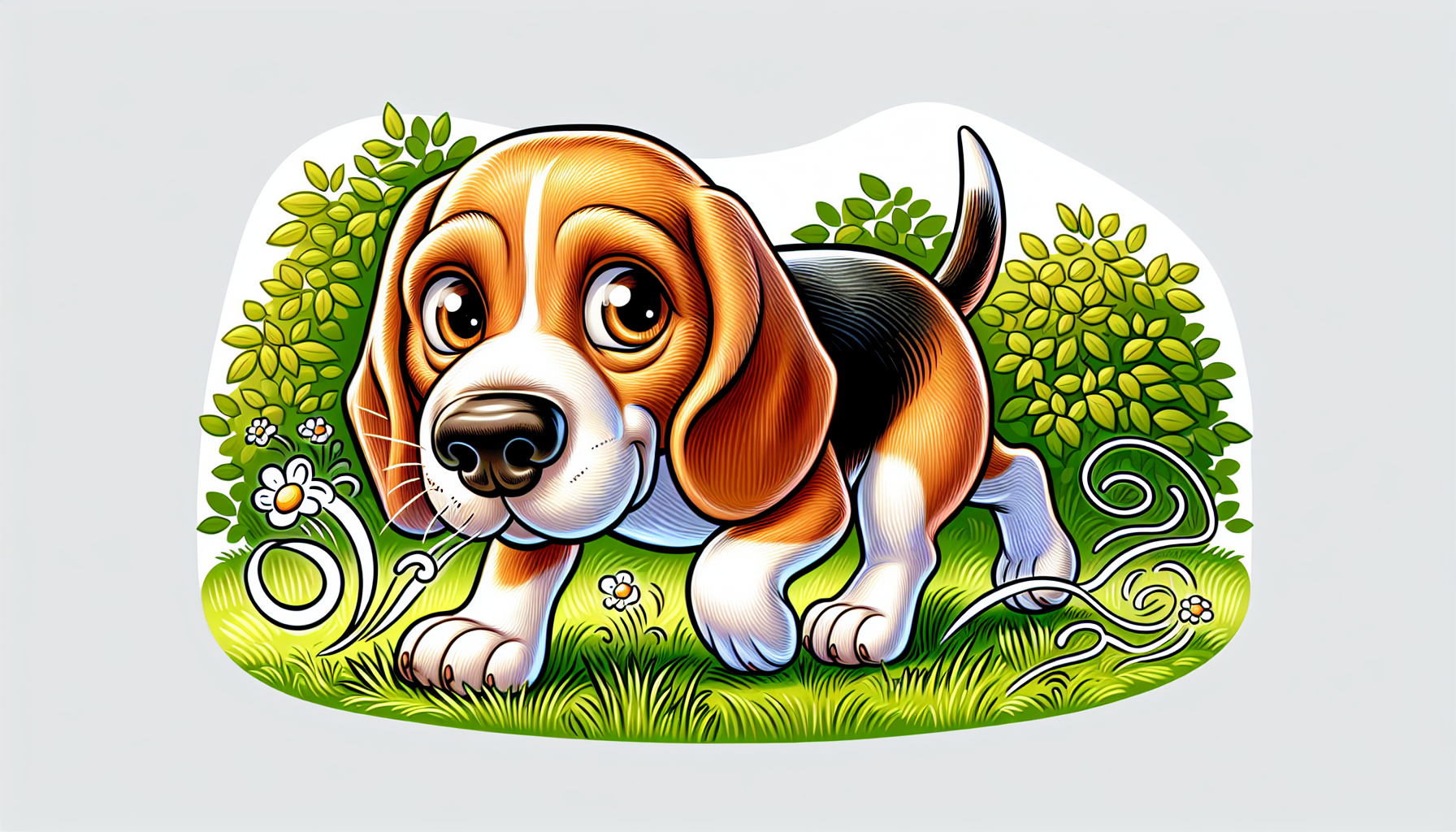
Grasping Beagles’ distinctive traits is key to successful training. Originally bred as hunting hounds and sporting dogs, Beagles are inherently independent and scent-focused, much like the Australian cattle dog, German Shepherds, and Miniature Schnauzer. Their acute olfactory sense often diverts their attention during training, as they get readily entangled in tracking various scents.
Similar to the English Springer Spaniel, Beagles have a high energy level and require consistent engagement to maintain focus during training.
Apart from their hunting instincts, Beagles’ independent streak can make them less responsive to immediate command following. While this independence adds to their charm, it may pose a challenge during training. Nonetheless, their sociability and interaction enthusiasm can be harnessed to maintain their engagement.
Beagles also have a reputation for being vocal. They have a natural inclination to bark and howl, which can sometimes interfere with training sessions. Understanding these traits and working with them is key to successful Beagle training.
Effective Training Methods for Beagles
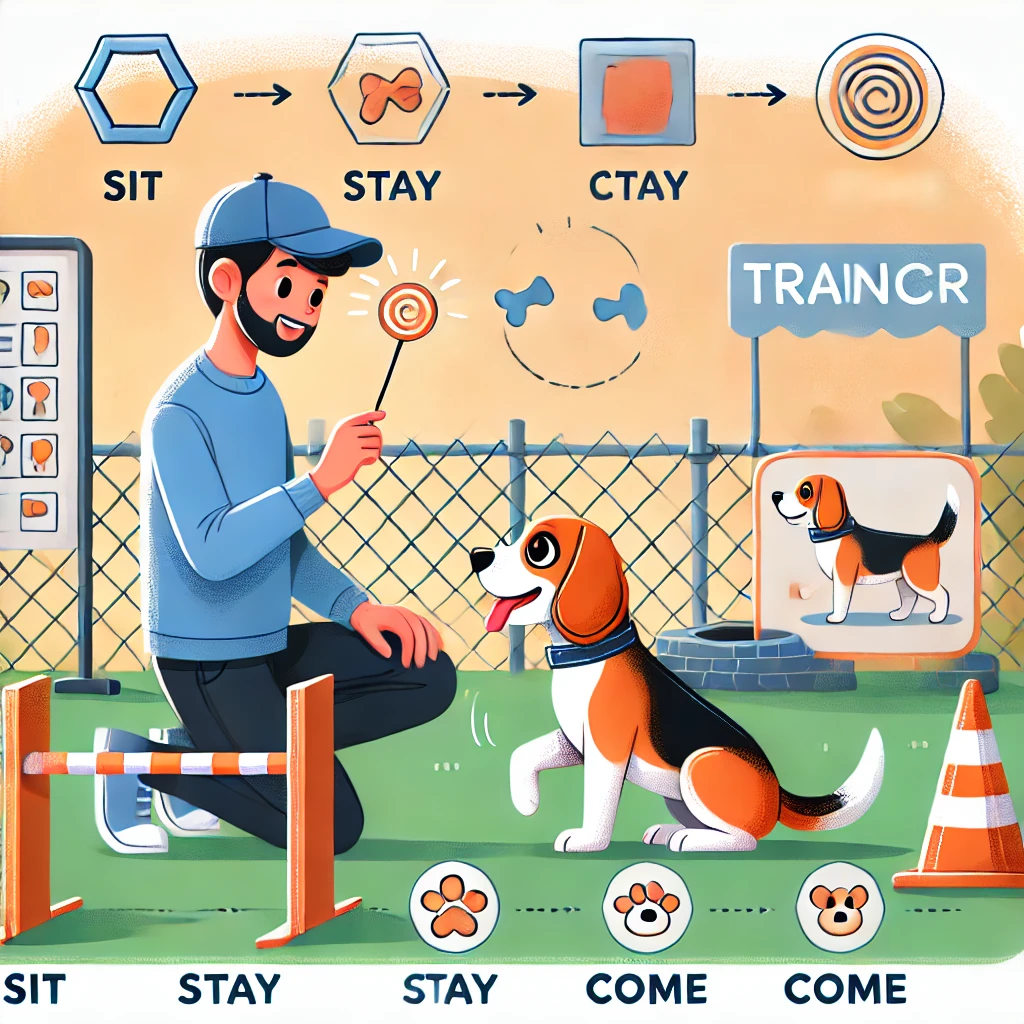
Training Beagles effectively involves a combination of positive reinforcement, mental stimulation, and consistent methods. Beagles respond well to these approaches due to their friendly and intelligent nature. Incorporating these techniques into your training routine can make a significant difference in your Beagle’s learning process.
Positive Reinforcement Techniques
Positive reinforcement is one of the best methods to train Beagles. Since Beagles are highly food-motivated, using treats as rewards can be particularly effective. However, it’s important to monitor treat usage to avoid overeating. Besides treats, praise and interactive toys can also serve as excellent rewards, reducing anxiety and encouraging learning.
Avoiding negative responses like yelling or scolding is crucial. Instead, focus on bonding experiences and positive reinforcement to build a strong, trusting relationship with your Beagle. This approach not only makes training more enjoyable for your dog but also fosters a cooperative and eager-to-learn attitude.
Mental Stimulation Activities
Beagles are highly energetic and inquisitive, requiring significant mental stimulation to stay engaged. Regular walks, visits to dog parks, and playdates can help socialize Beagles and keep their minds active. These activities are essential for preventing boredom and ensuring that your Beagle remains focused during training sessions.
Puzzle toys and games that challenge Beagles to find hidden treats provide excellent mental stimulation. Training sessions that incorporate new tricks or commands can also stimulate their minds and prevent them from becoming bored. Ensuring that your Beagle gets enough physical and mental exercise is key to effective training.
Consistency and Patience
Consistency and patience are the cornerstones of successful Beagle training. Establishing a consistent routine for feeding, exercise, and training helps Beagles incorporate lessons into their regular behavior. Integrating training into daily activities like feeding and walking can prevent confusion and reinforce learning.
Patience is equally important, as Beagles may take time to grasp new commands and behaviors. Their high energy levels and short attention spans require careful and patient handling, especially when they are distracted by scents. Consistency in training commands and routines helps Beagles understand expectations and improves their learning process.
Crate Training for Beagles: Effective Techniques
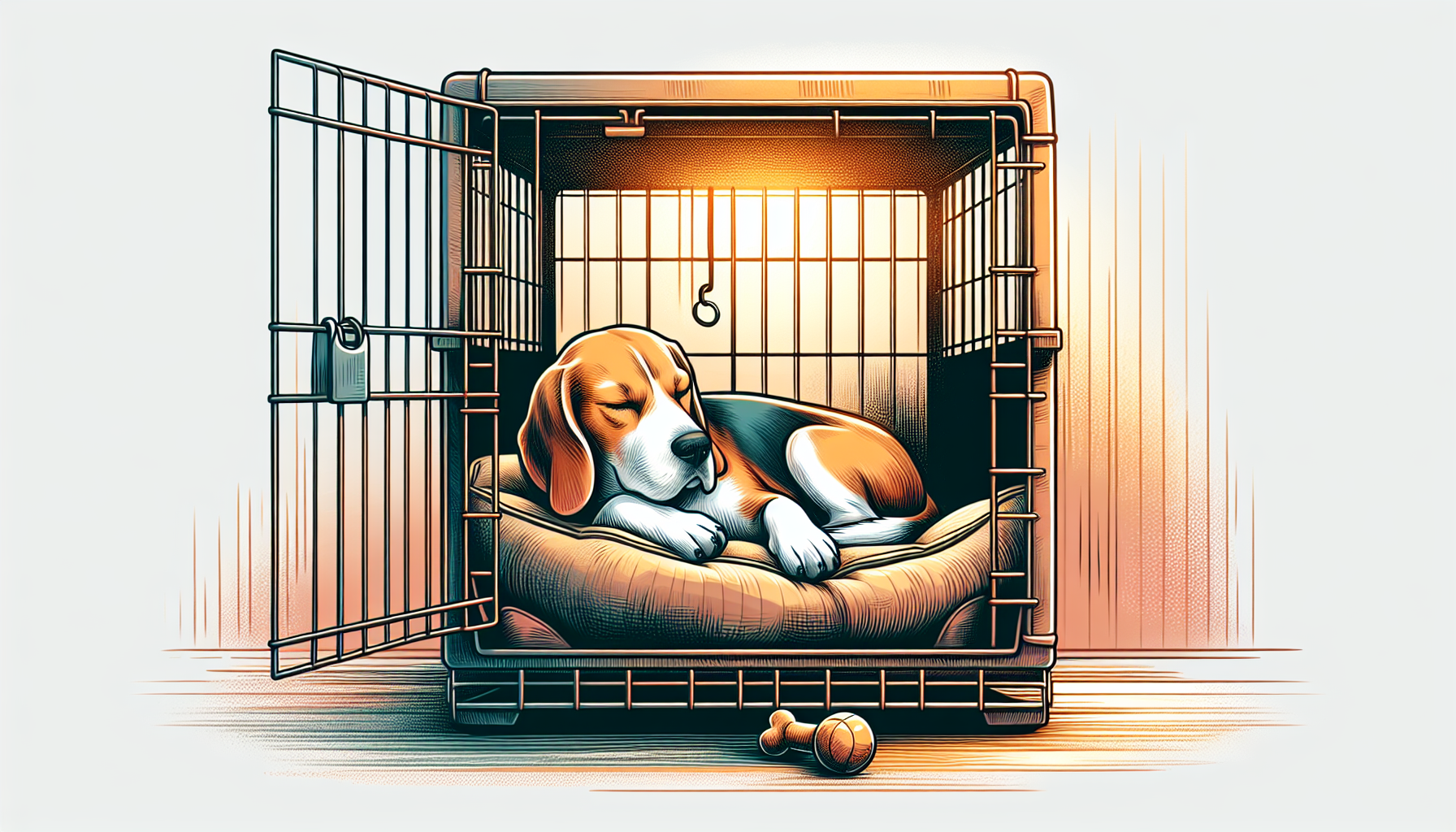
Crate training can be a valuable tool for Beagle owners. Here are some steps to follow:
- Choose a crate that is the right size for your Beagle. It should allow them to stand up, turn around, and lie down comfortably.
- Make the crate inviting by adding a soft blanket or bed.
- Provide toys and treats to help your Beagle feel at home.
Introducing the crate gradually is important to prevent anxiety. Start by leaving the door open and placing treats inside to encourage your Beagle to explore the crate. Using positive reinforcement, such as treats and praise, can help your Beagle associate the crate with positive experiences.
Here are some tips for crate training your Beagle:
- Avoid using the crate as a form of punishment, as this can create negative associations.
- Gradually increase the amount of time your Beagle spends in the crate to help them acclimate.
- Crate training can help prevent accidents and establish a routine for Beagle puppies, providing them with a secure space to relax.
Basic Commands Every Beagle Should Learn
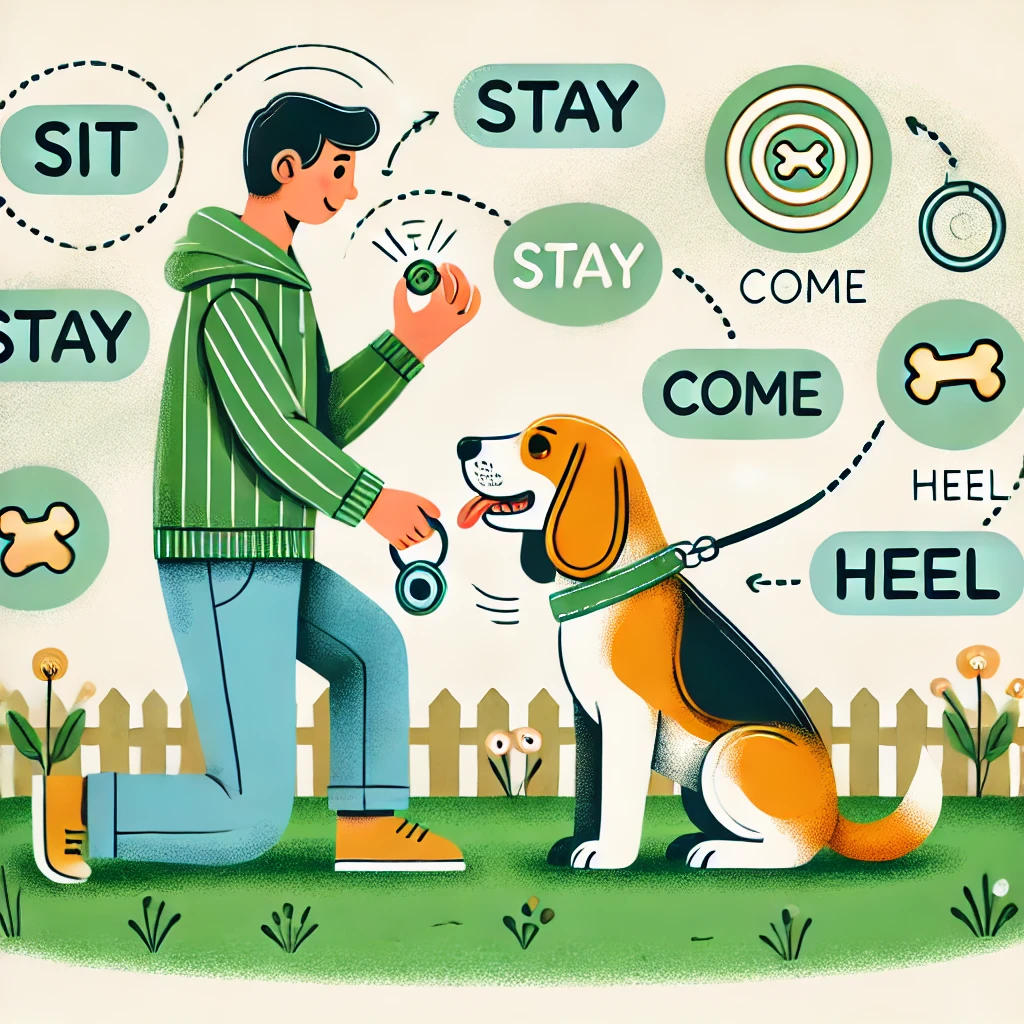
Teaching basic commands like ‘sit,’ ‘stay,’ and ‘come’ is essential for managing Beagle behavior. Using simple cue words along with treats and praise can effectively teach these commands. For example, teaching a Beagle to sit involves holding a treat in front of their nose and then raising it to make them sit naturally while commanding ‘sit’.
The stay command should be taught after the sit command by holding up a hand and saying ‘stay’ while the Beagle is in a sitting position. Teaching a Beagle to come can be done by using treats to attract them and then praising or rewarding them when they follow the ‘come’ command. These basic commands are crucial for house training and overall behavior management.
Overcoming Common Training Challenges
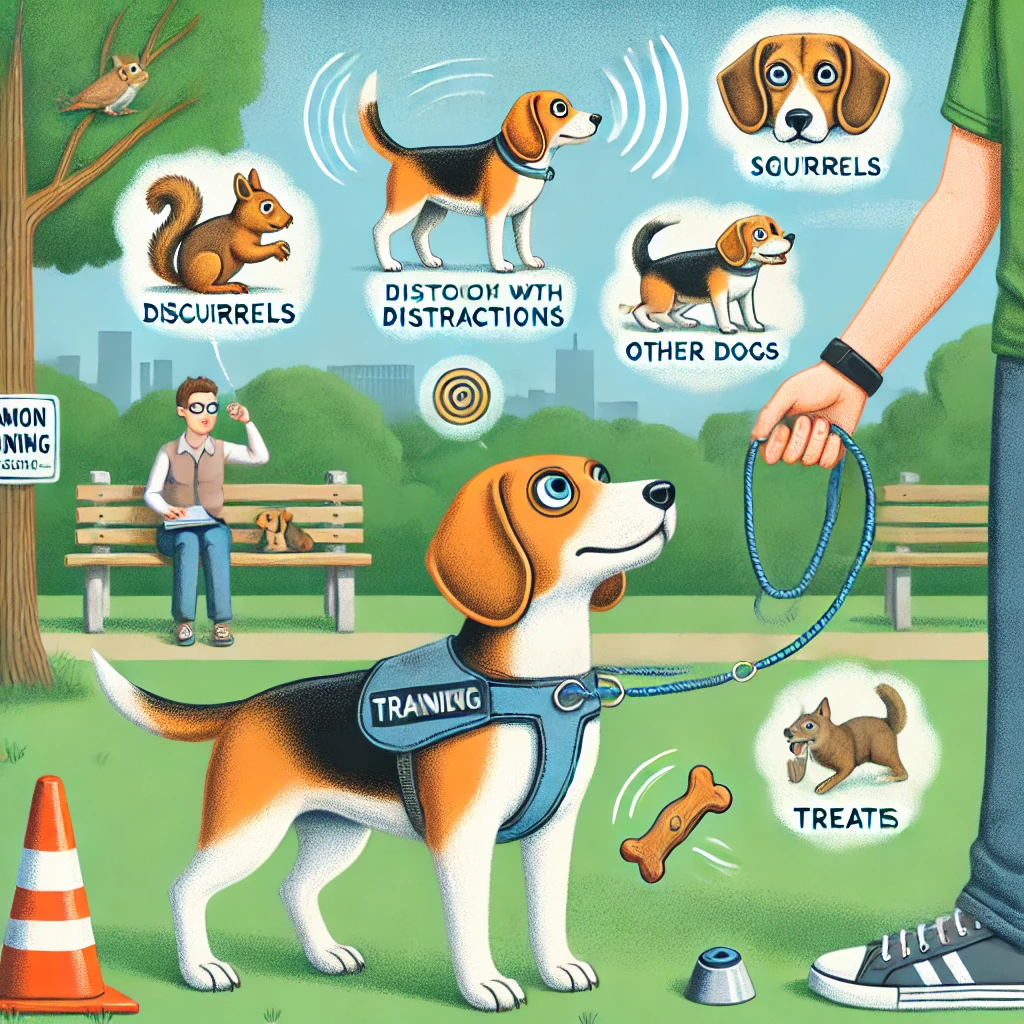
Housebreaking can be one of the biggest challenges when training a Beagle. Here are some tips to help you:
- Establish a consistent schedule for potty breaks.
- Use crate training to prevent accidents and reinforce lessons.
- Take your Beagle out for potty breaks at the same time daily to help them understand and follow the routine.
Excessive barking is another common issue. Beagle owners should learn to recognize their dog’s facial expressions that indicate they are about to bark and distract them before they start. Training Beagles not to bark at other dogs can be achieved by turning and walking in the opposite direction when they start barking, then rewarding calm behavior.
Destructive behavior, such as chewing on furniture, can be mitigated with crate training and providing appropriate chew toys. Teaching Beagles not to bite by stopping playtime immediately if they start biting helps them learn that biting ends the fun. Consistent and patient training is key to overcoming these challenges.
Benefits of Training Your Beagle
Training your Beagle comes with an array of benefits that extend beyond basic obedience. While Beagles are not typically known for their immediate trainability, their sharp intellect and willingness to please make them excellent candidates for structured programs like “Brain Training for Dogs.” This comprehensive program is designed to harness their potential by focusing on mental stimulation as well as traditional command-based training.
By engaging in “Brain Training for Dogs,” you not only enhance your Beagle's behavioral responses but also deepen the emotional connection between you. This method uses positive reinforcement techniques, such as treats and praises, to encourage your Beagle, building their confidence and reinforcing their desire to learn. The result is a well-adjusted Beagle who is both a joy to live with and less prone to engaging in destructive behaviors. This program, celebrated as one of the best dog training programs available, proves especially effective for Beagles and other breeds, paving the way for a harmonious and fulfilling relationship.
Summary
In summary, Beagles are indeed trainable dogs, despite their stubborn and independent nature. Understanding their unique characteristics and using effective training methods like positive reinforcement, mental stimulation, and consistency can make a significant difference. Crate training and teaching basic commands are essential steps in managing their behavior.
Training your Beagle not only improves their behavior but also strengthens your bond and increases their confidence. With patience and the right approach, you can transform your Beagle into a well-behaved and happy companion. So, start training your Beagle today and enjoy the rewards of a well-trained furry friend.
Frequently Asked Questions
Are Beagles really trainable?
Yes, Beagles are trainable as they are intelligent and can learn commands with consistent training and the right approach.
Why do people think Beagles are untrainable?
Don't be discouraged by common beliefs – Beagles may be seen as untrainable due to their independent nature and hunting instincts. (Date not included)
What are the best training methods for Beagles?
The best training methods for Beagles involve positive reinforcement, mental stimulation, and consistent training routines to ensure their success. These methods can help you build a strong and cooperative bond with your pet.
How can I stop my Beagle from barking excessively?
To stop your Beagle from barking excessively, recognize signs of barking and redirect their attention. Use positive reinforcement for calm behavior and consider crate training if needed.
What are the benefits of training my Beagle?
Training your Beagle will improve their behavior, strengthen your bond, and increase their confidence. A well-trained Beagle is more obedient and well-adjusted.
Learn how to train your beagle to be the well-behaved dog you desire –> Access our Free Report
Shop for beagle-themed products and gifts that beagle enthusiasts will love.

